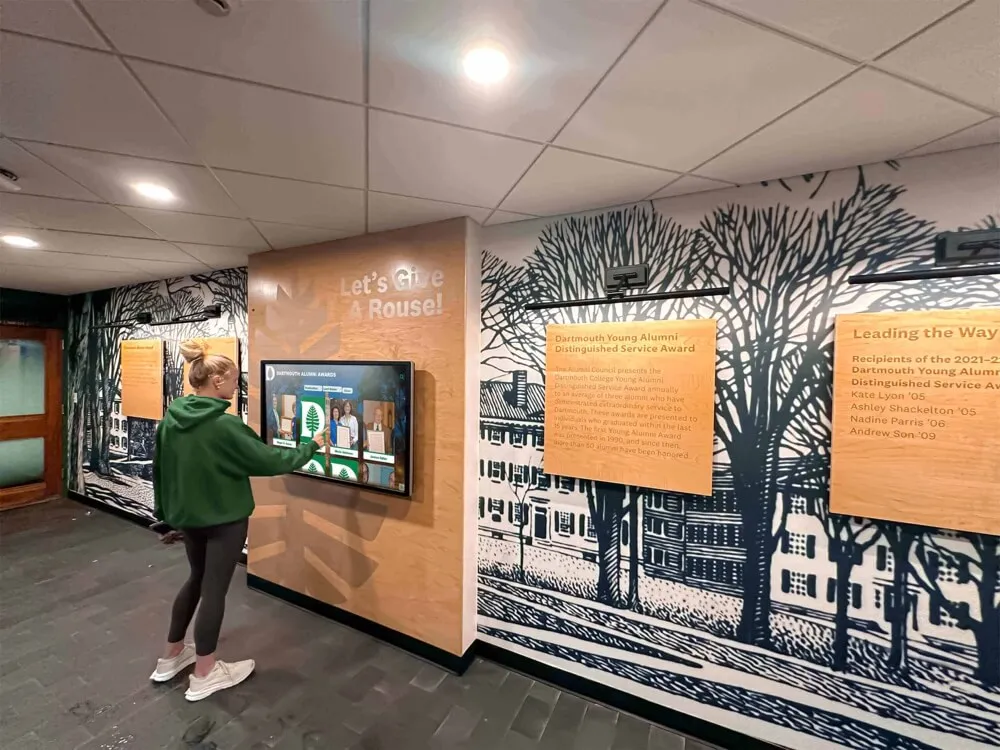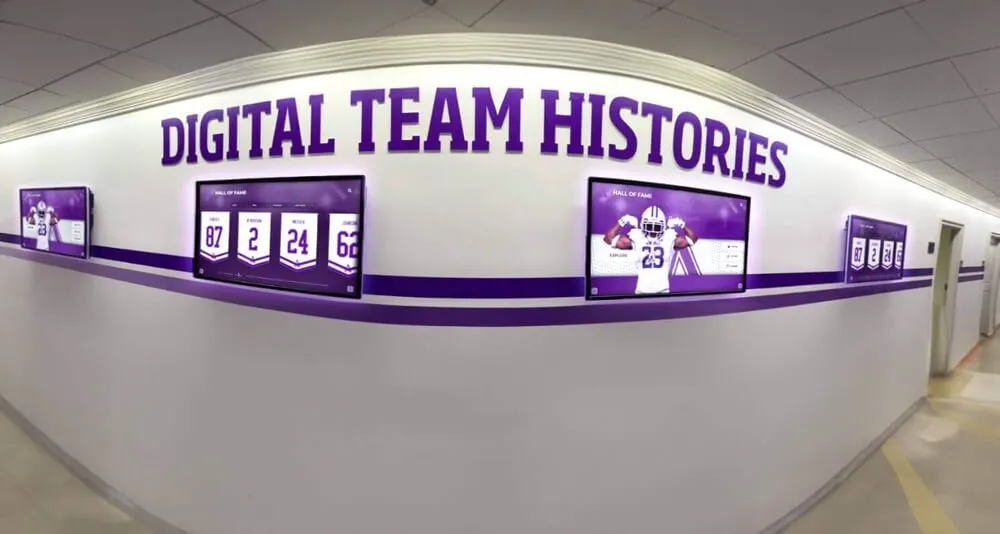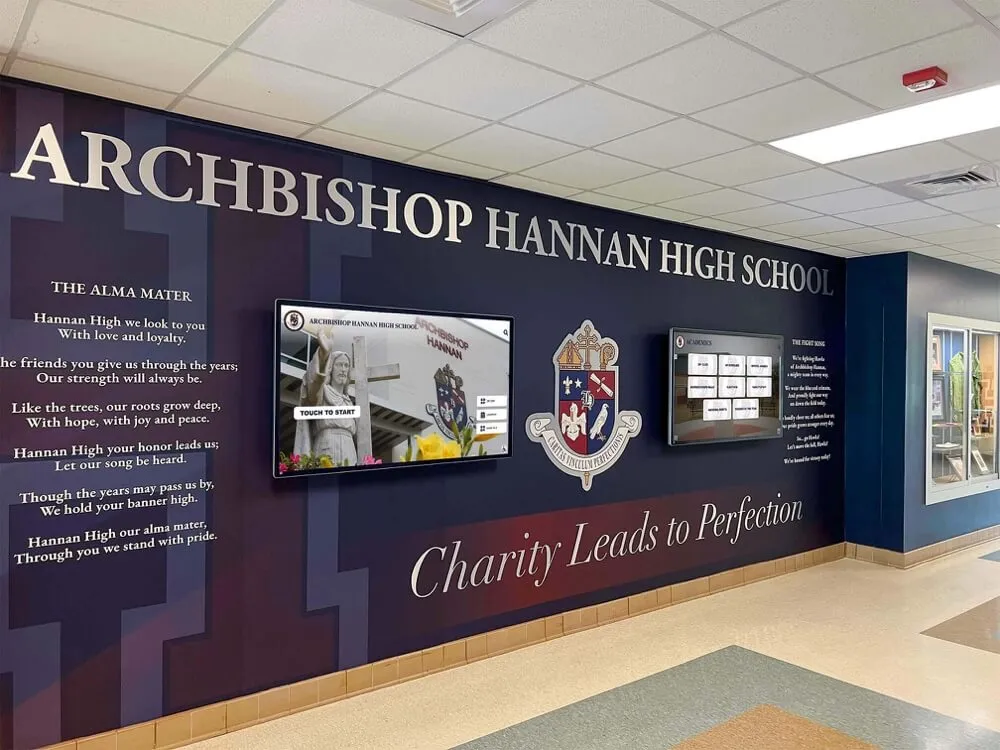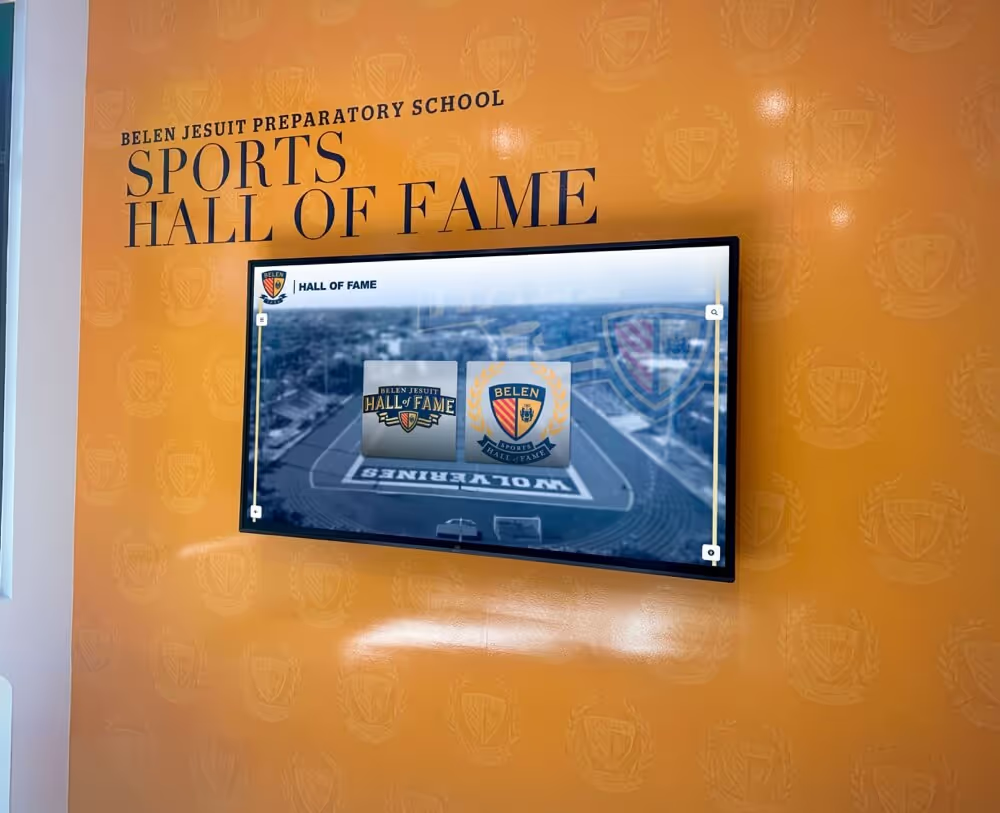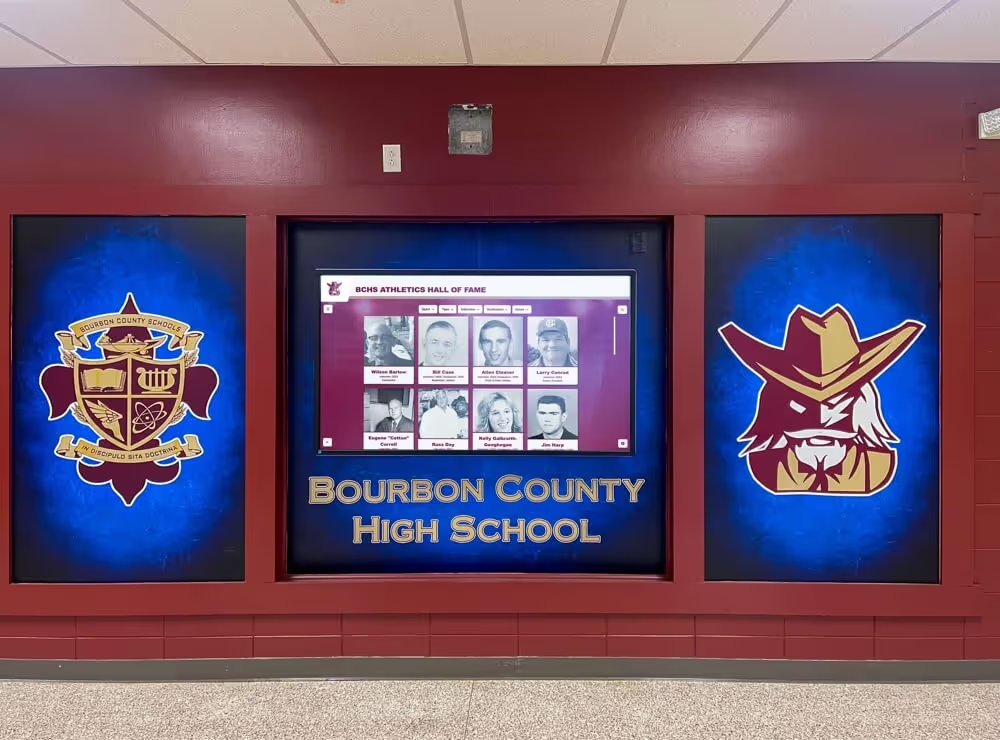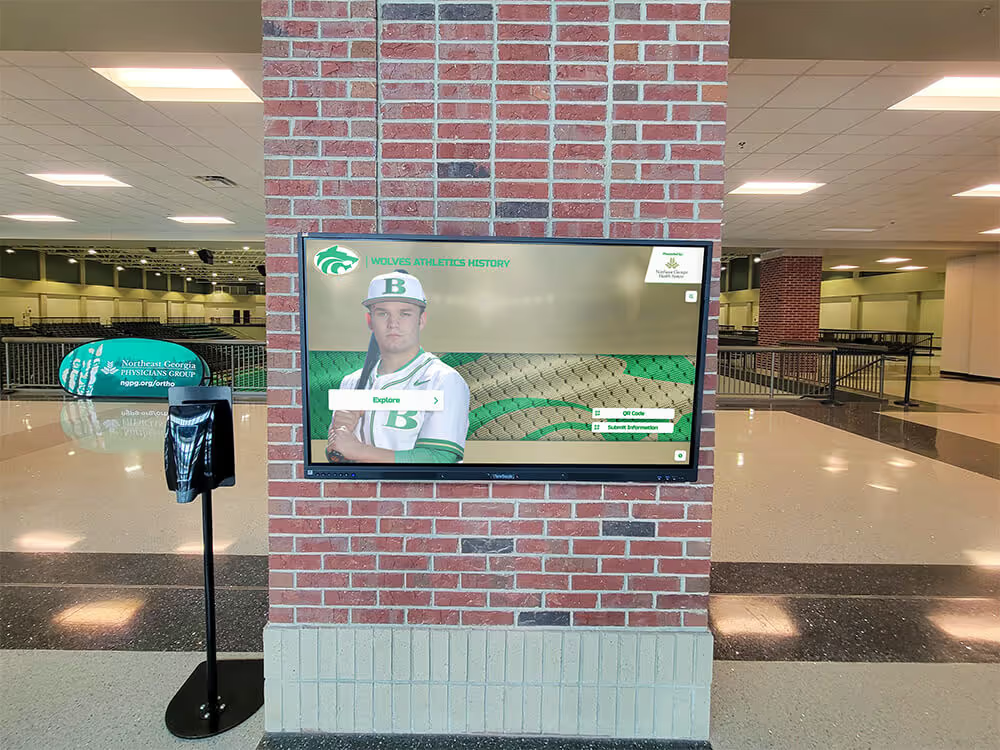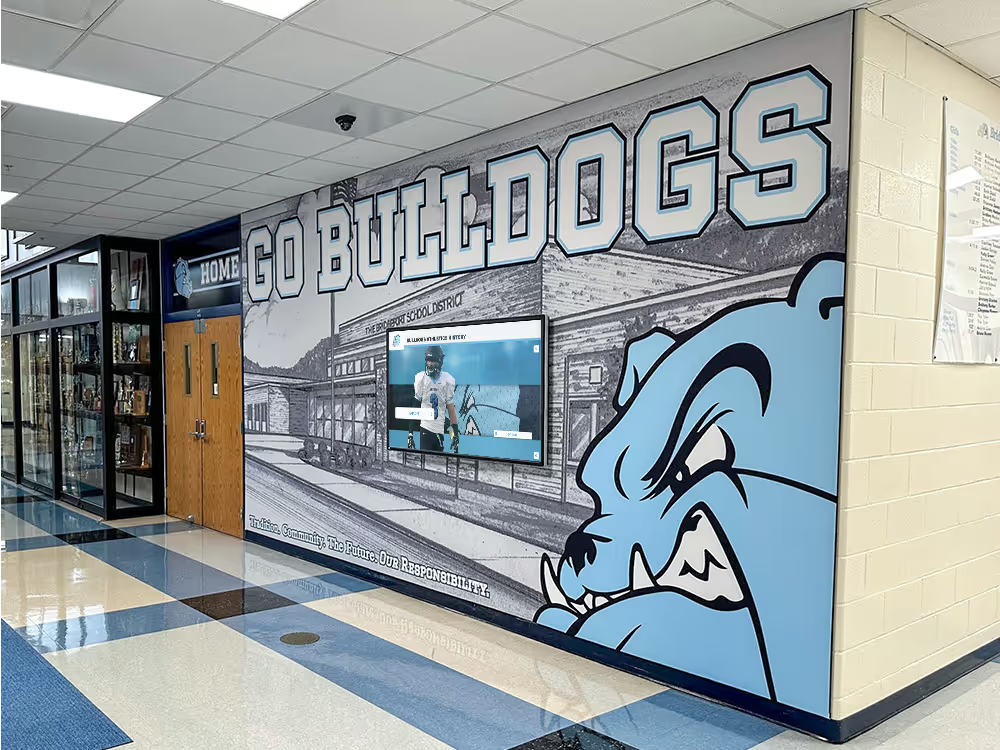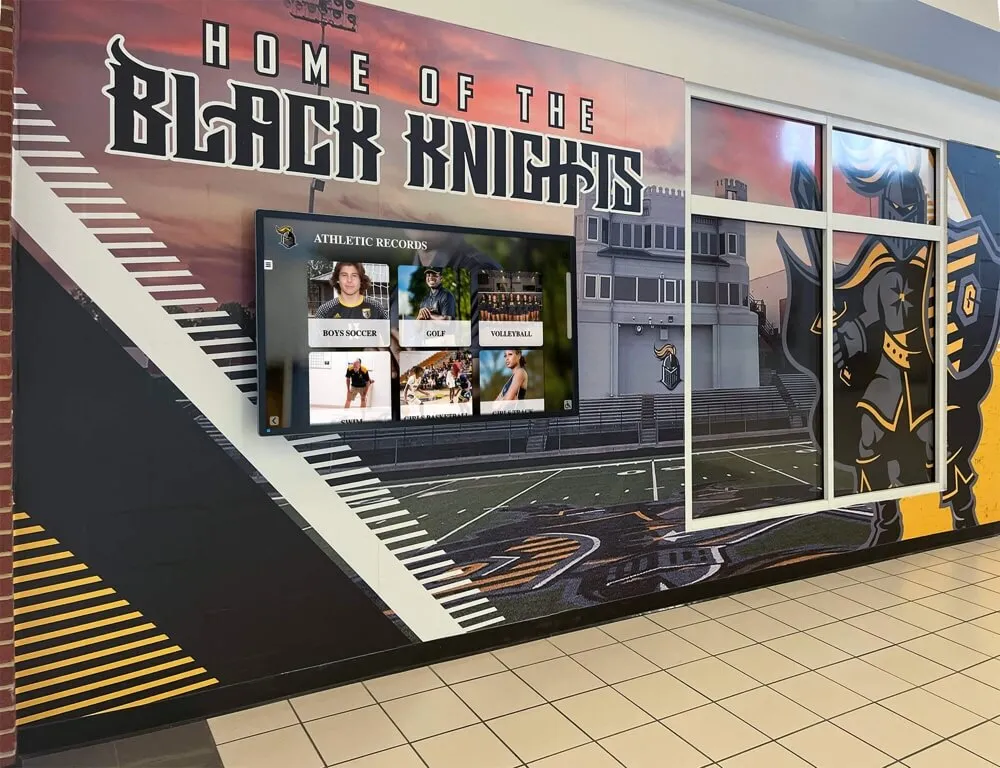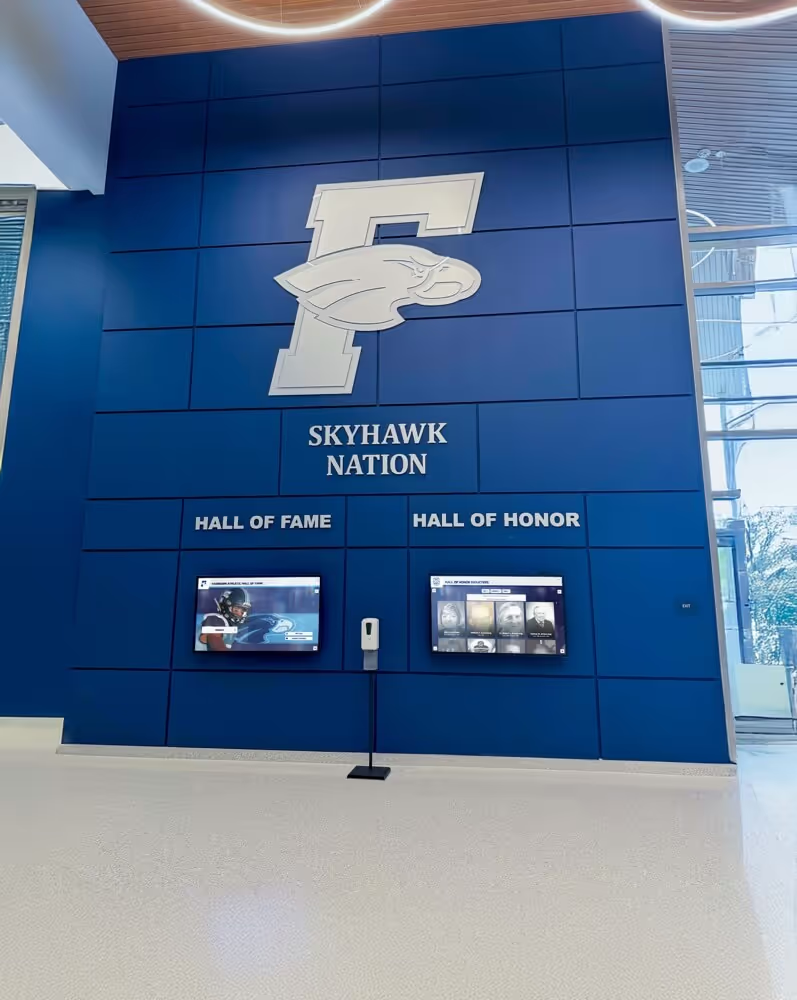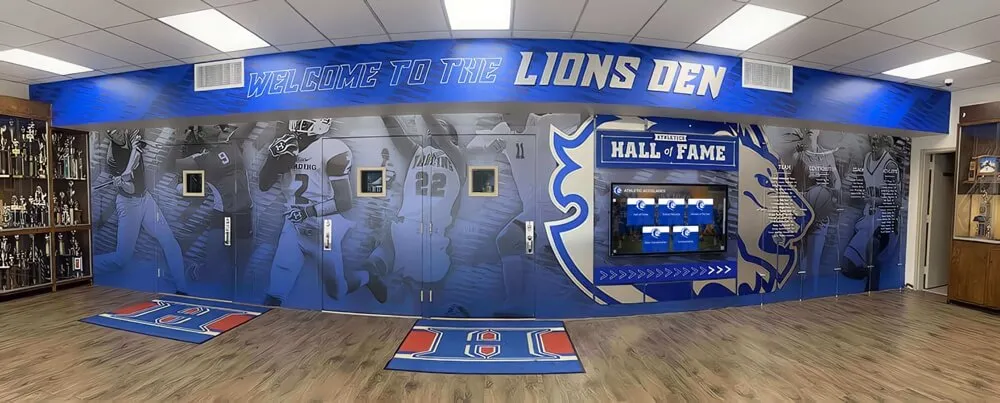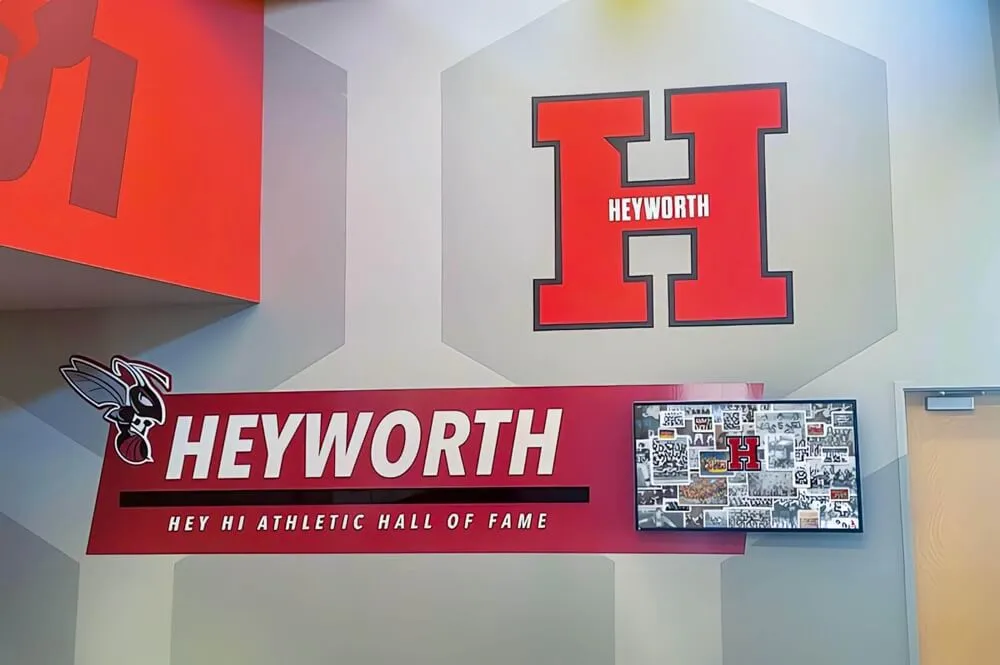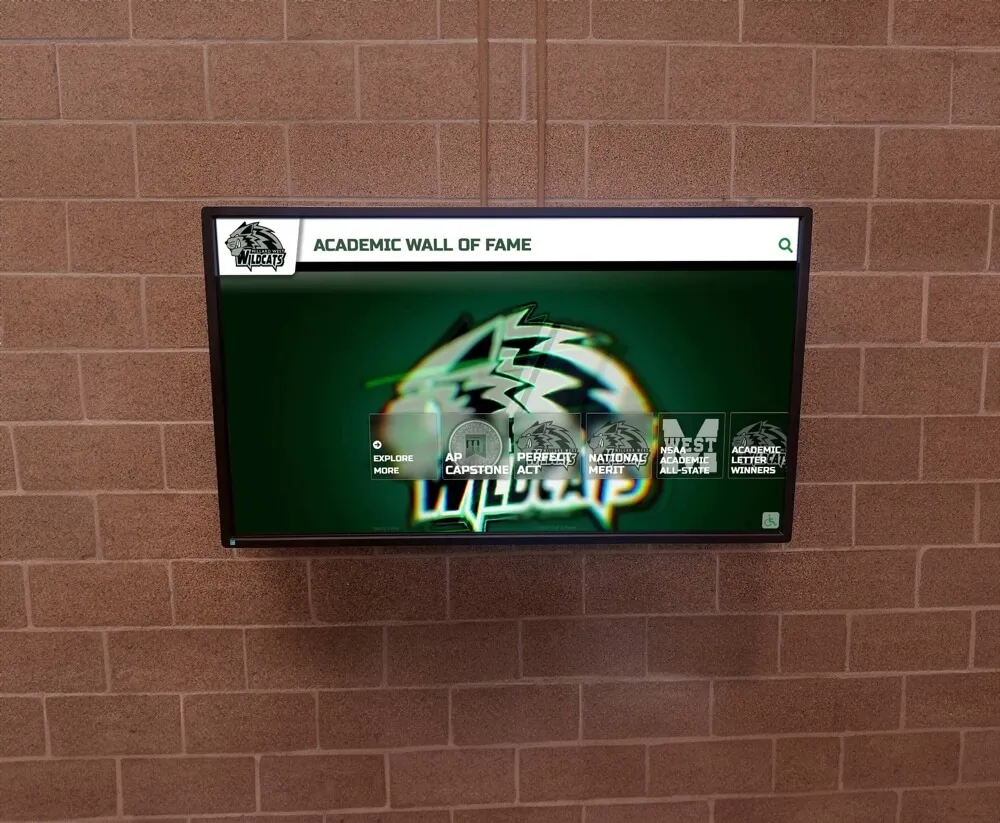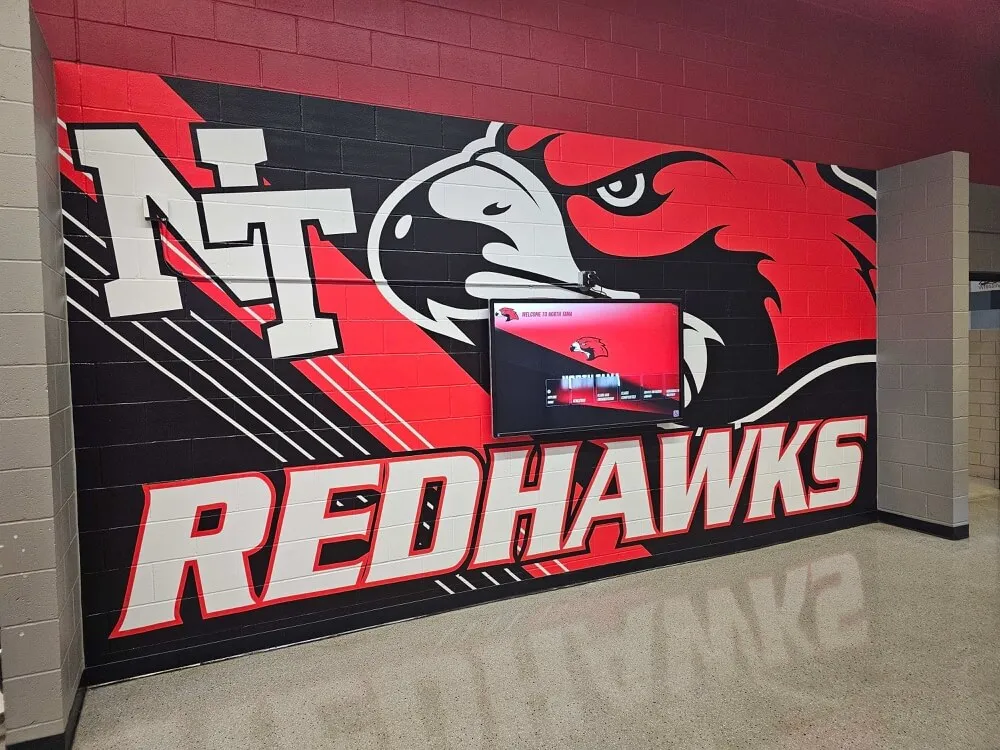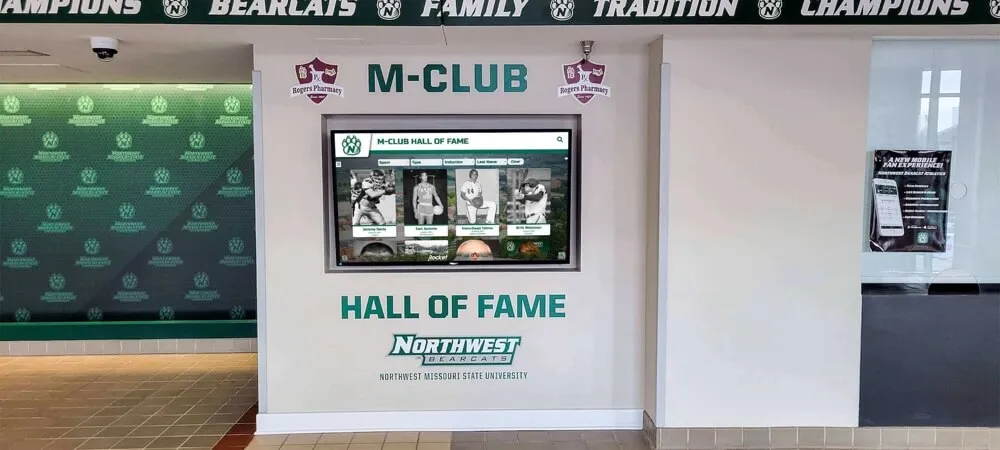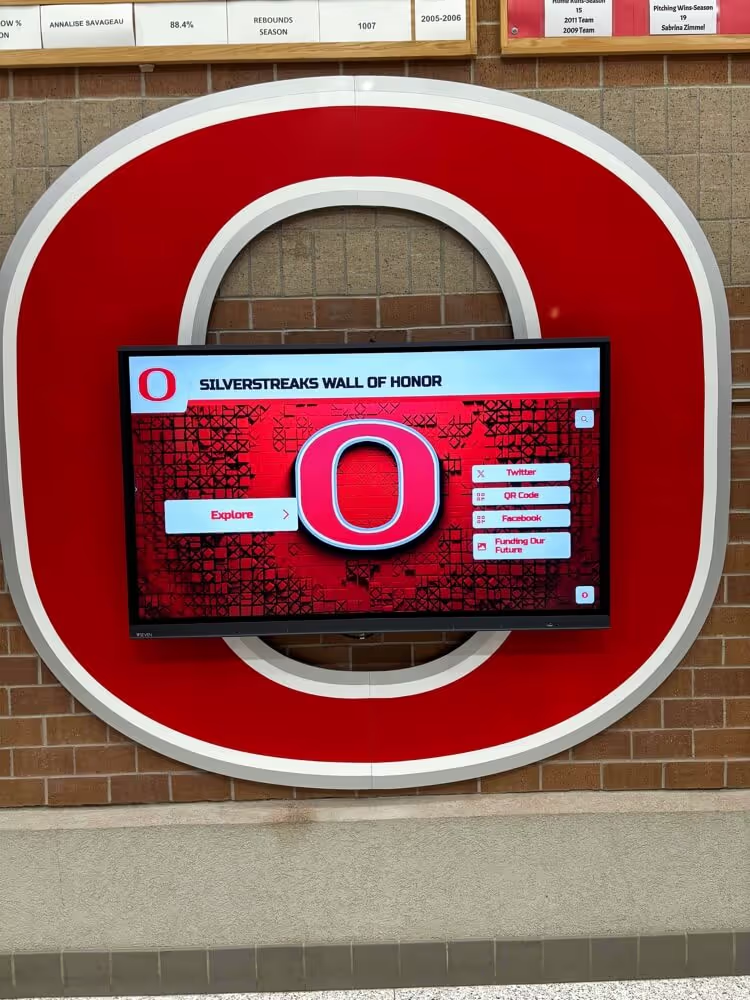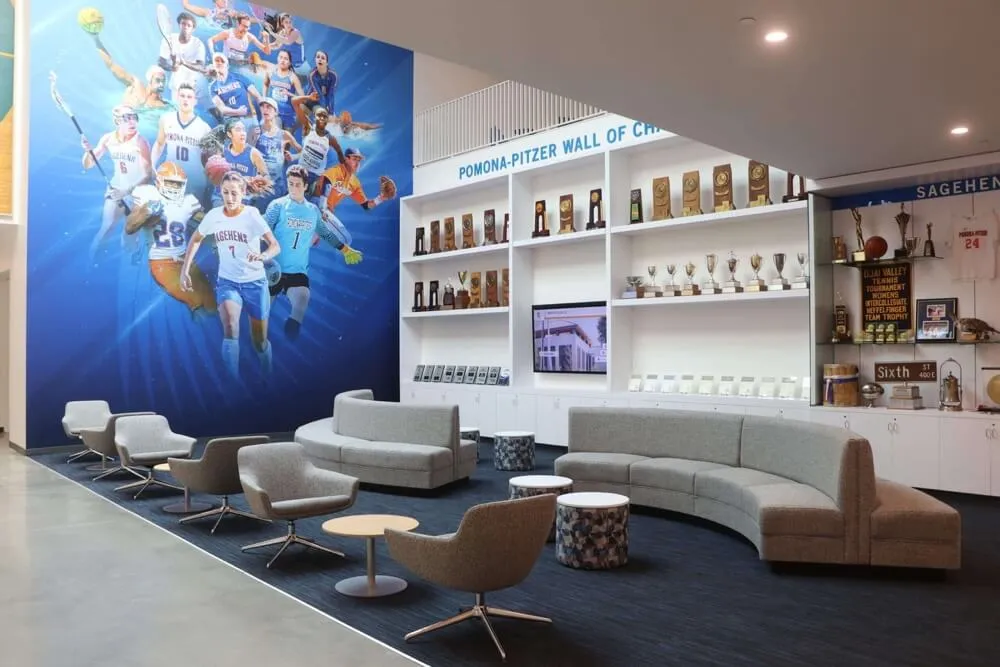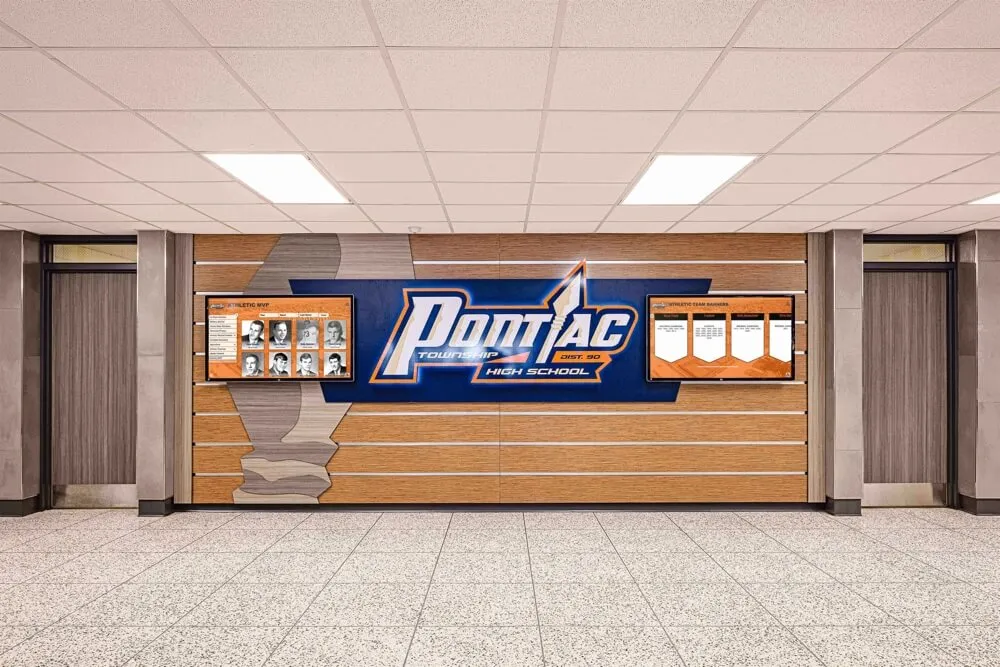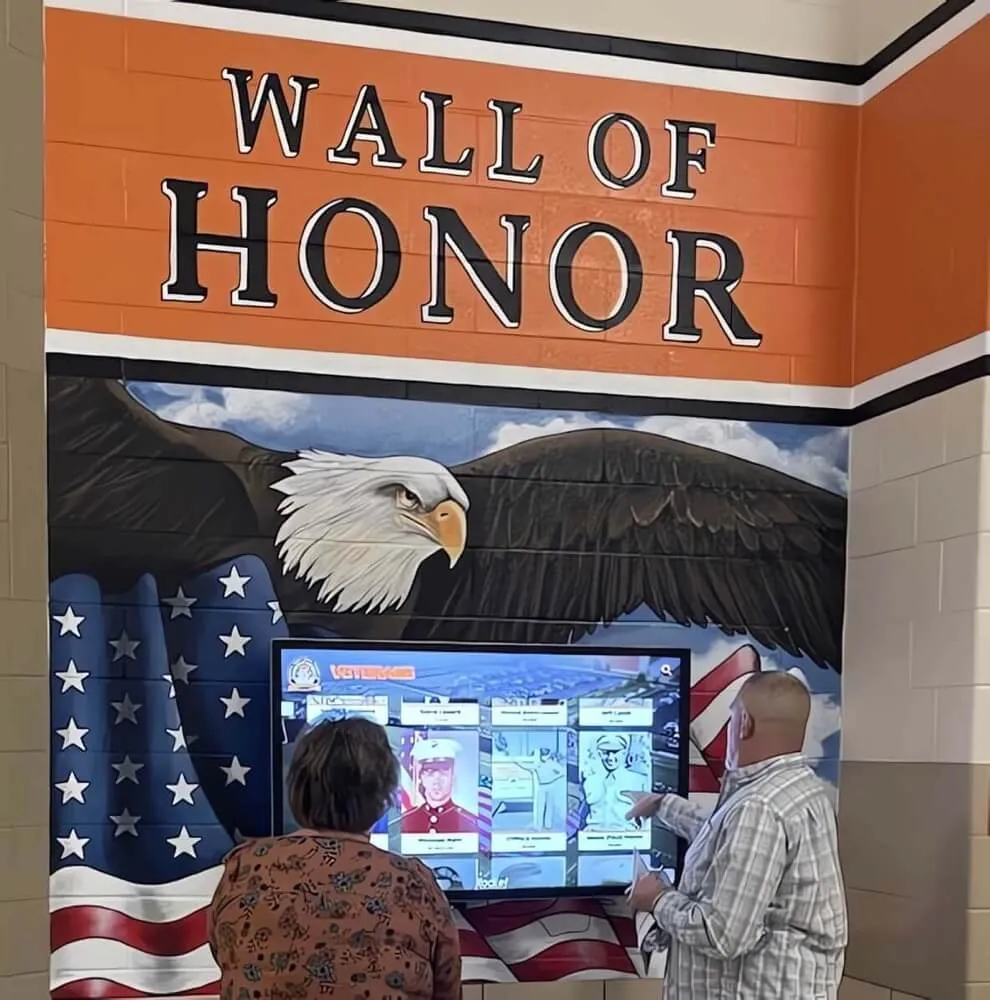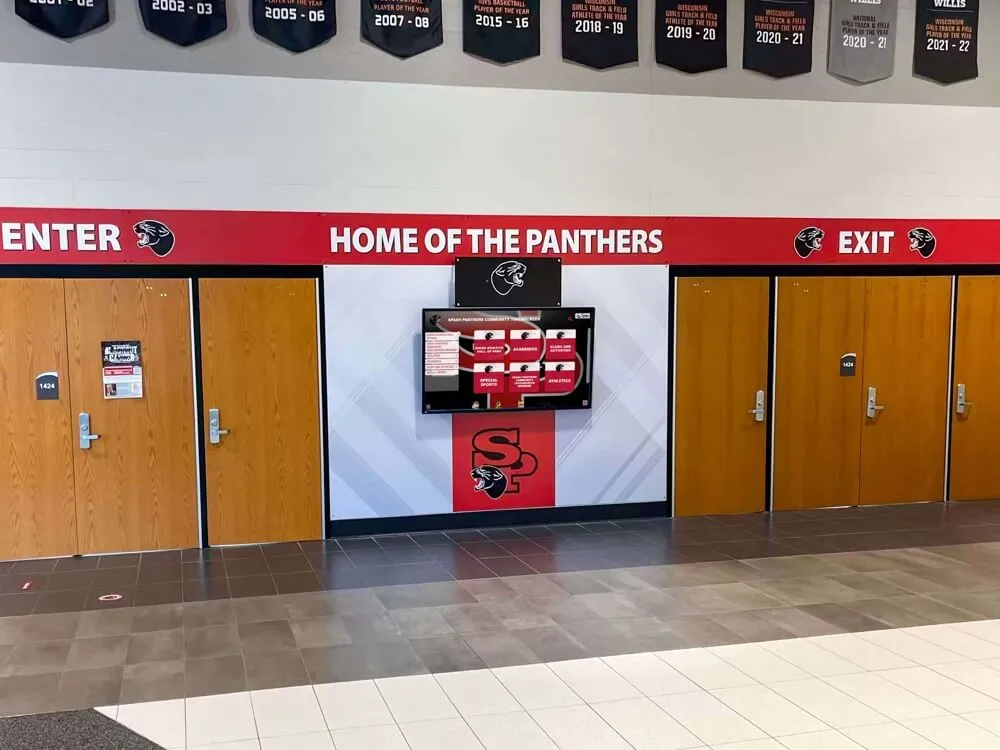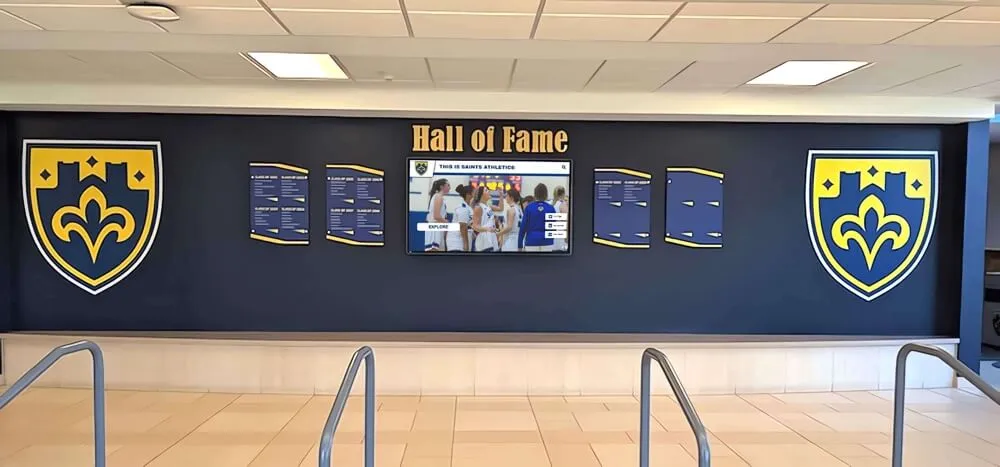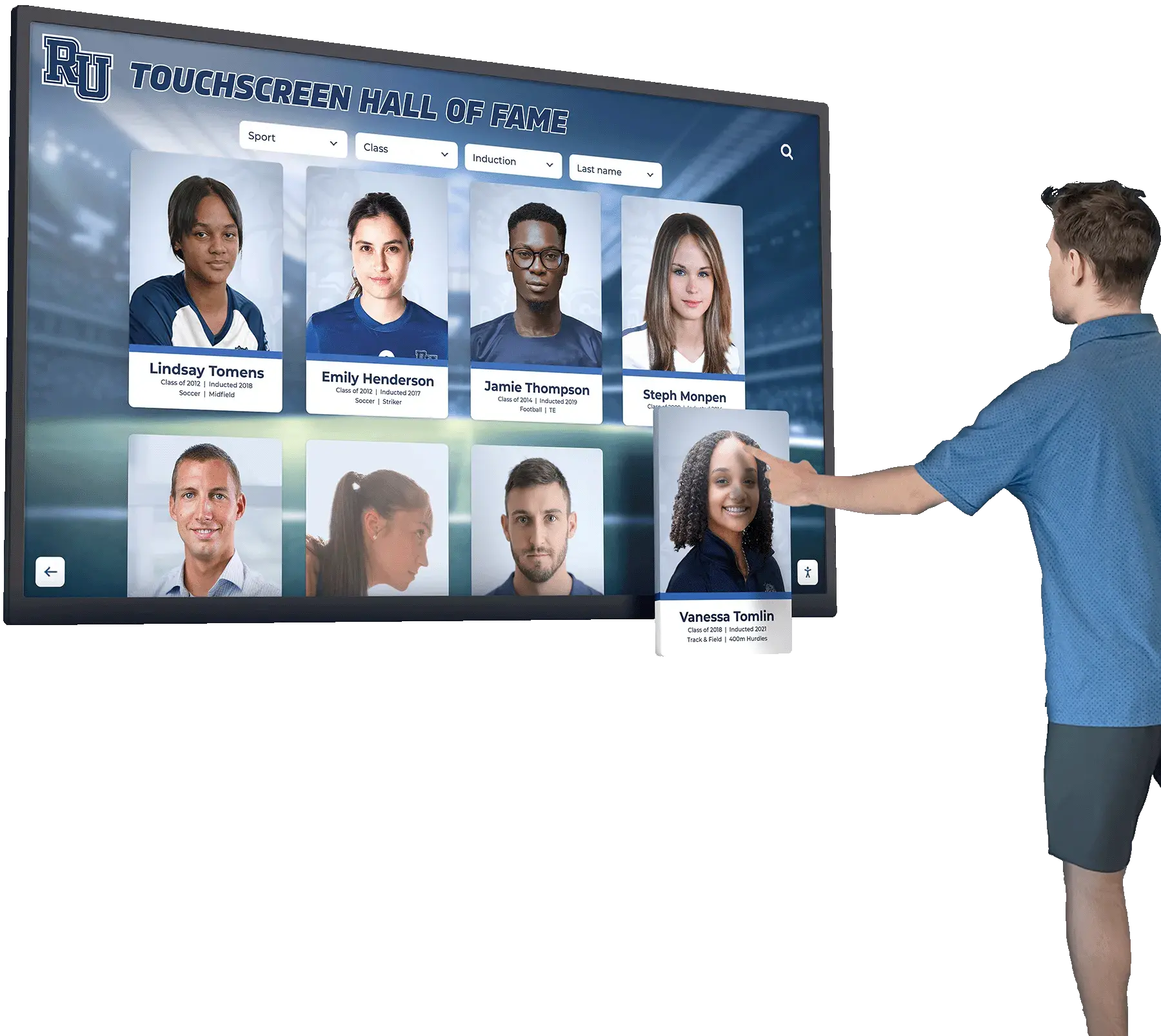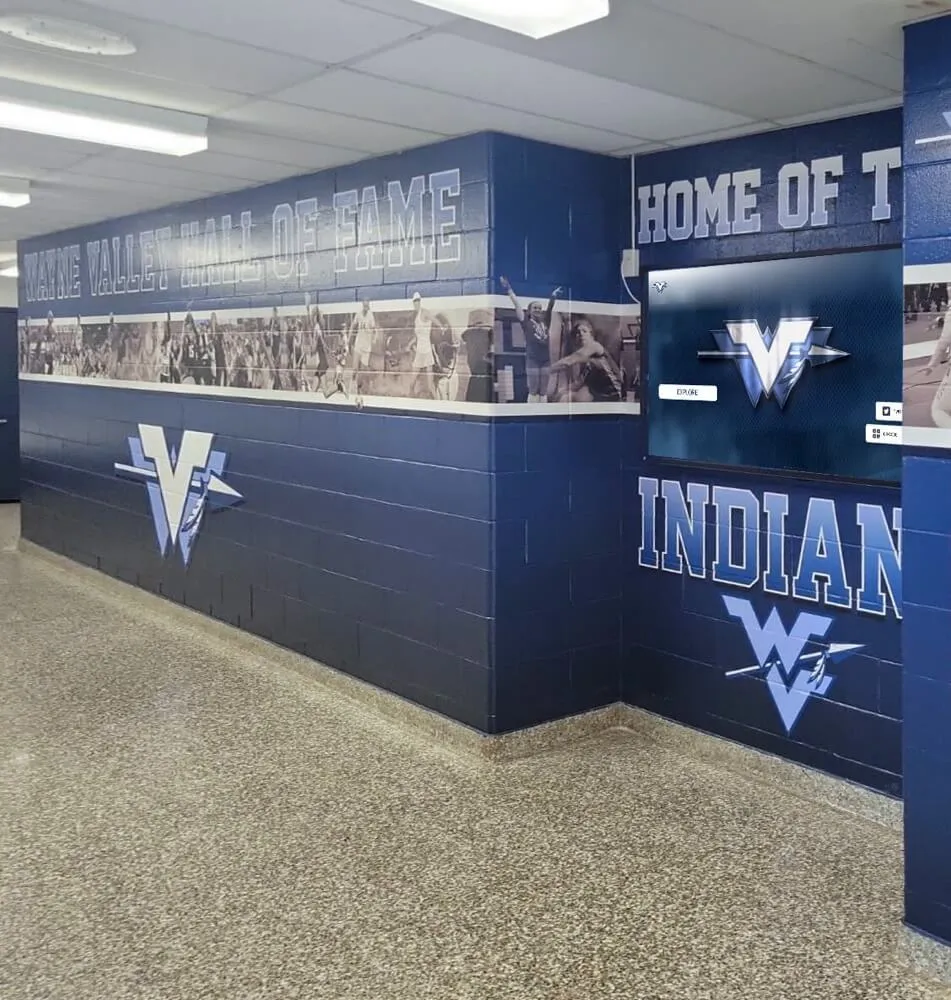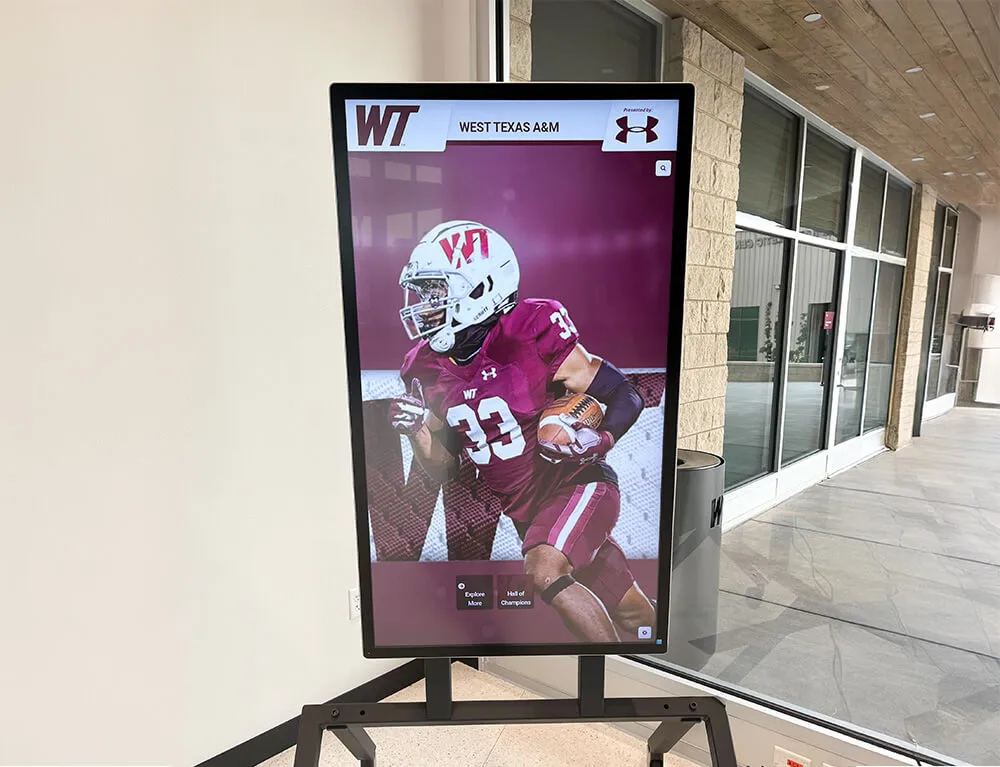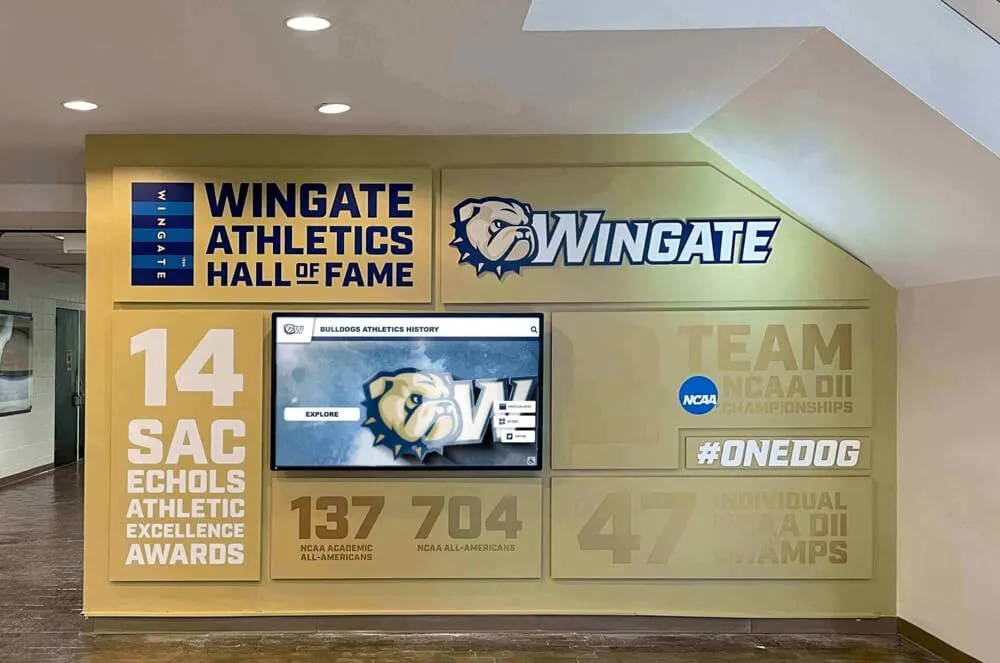What is Multi-User Touchscreen Software?
Traditional touchscreens often register only one or two touch points at a time. Multi-user touchscreen software, on the other hand, is designed to recognize and process numerous simultaneous touch inputs from multiple users. This allows several people to interact with the same screen, application, or interactive touchscreen kiosk independently and concurrently.
Key characteristics include:
This technology transforms passive viewing into active, collaborative technology-driven exploration, essential for modern alumni engagement solutions.
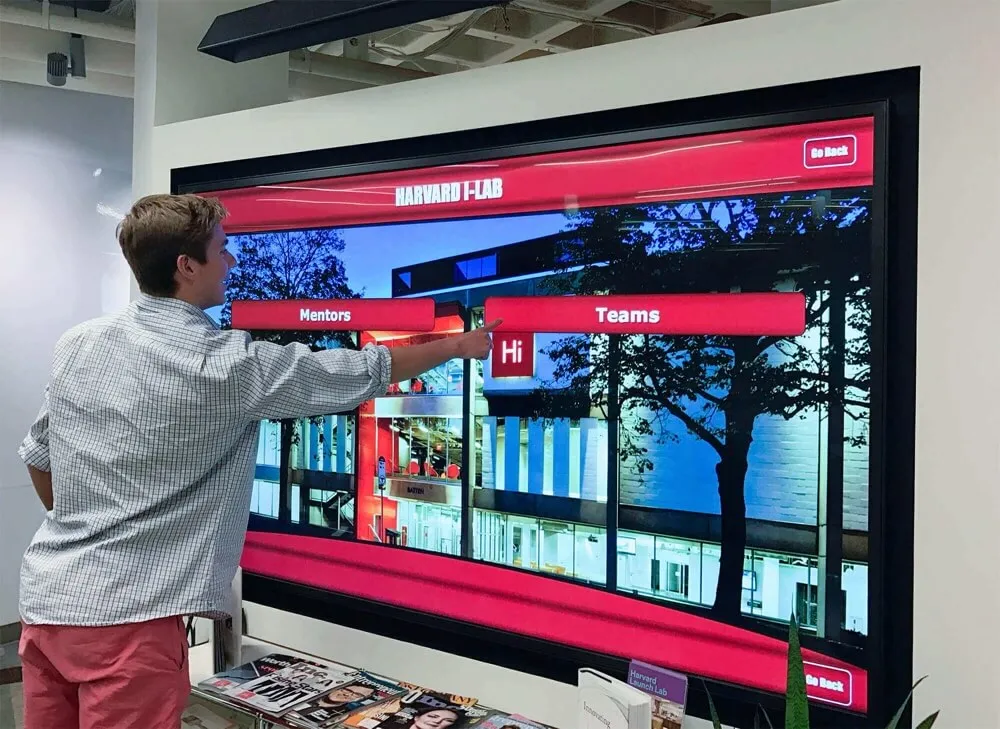
Benefits of Multi-User Software for Recognition Displays
Enhanced Alumni Engagement
Allows multiple alumni to explore a Digital halls of fame simultaneously, fostering shared memories and conversations. Perfect for reunions and events.
Collaborative Donor Storytelling
Groups of donors can interact with a digital donor recognition wall, exploring impact stories and philanthropic history together.
Dynamic Athletic Hall of Fames
Athletic hall of fame software becomes more exciting as teams or families explore records, photos, and videos collectively.
Reduced Wait Times
At busy events, more people can access information at once, improving the user experience around interactive touchscreen kiosks.
See how Touchwall.us showcases these engaging experiences.
Key Features to Look For in Multi-User Recognition Software
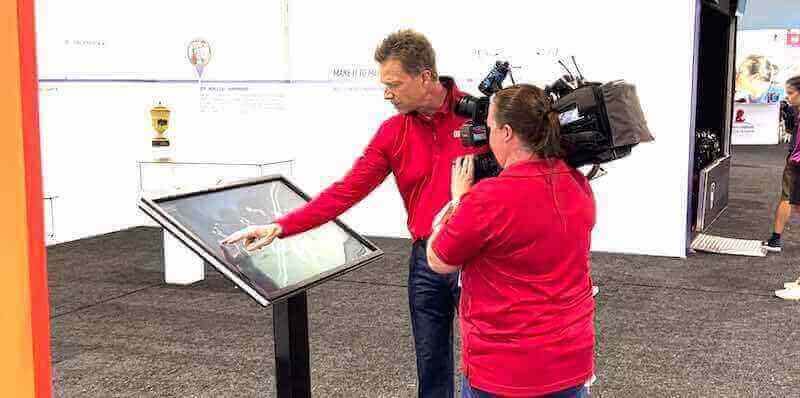
Rocket Alumni Solutions excels in these areas, offering a platform designed specifically for the demands of multi-user recognition displays, ensuring a seamless and engaging experience for all users exploring a Digital halls of fame or Athletic Hall of Fame Software interface.

Use Cases for Multi-User Software in Recognition
Interactive Timelines & Histories
Multiple users can simultaneously navigate different points in an organization's history on a large touchscreen hall of fame, zooming into events, photos, and profiles without waiting turns. This is ideal for a comprehensive digital yearbook archive.
Collaborative Photo & Video Browsing
Alumni can gather around an interactive alumni display and browse different photo albums or video highlights from their era at the same time, sparking shared stories and enhancing alumni engagement solutions.
Multi-User Games & Quizzes
For events or welcome centers, interactive games or quizzes about the institution's history or famous alumni can be played by multiple people at once, fostering a fun, competitive spirit. Check out WallofFame.us for ideas.
Personalized Content Exploration
While one user views their profile on a digital donor recognition wall, another can explore overall campaign impact, or another search for a specific project funded. This maximizes utility for diverse user interests.
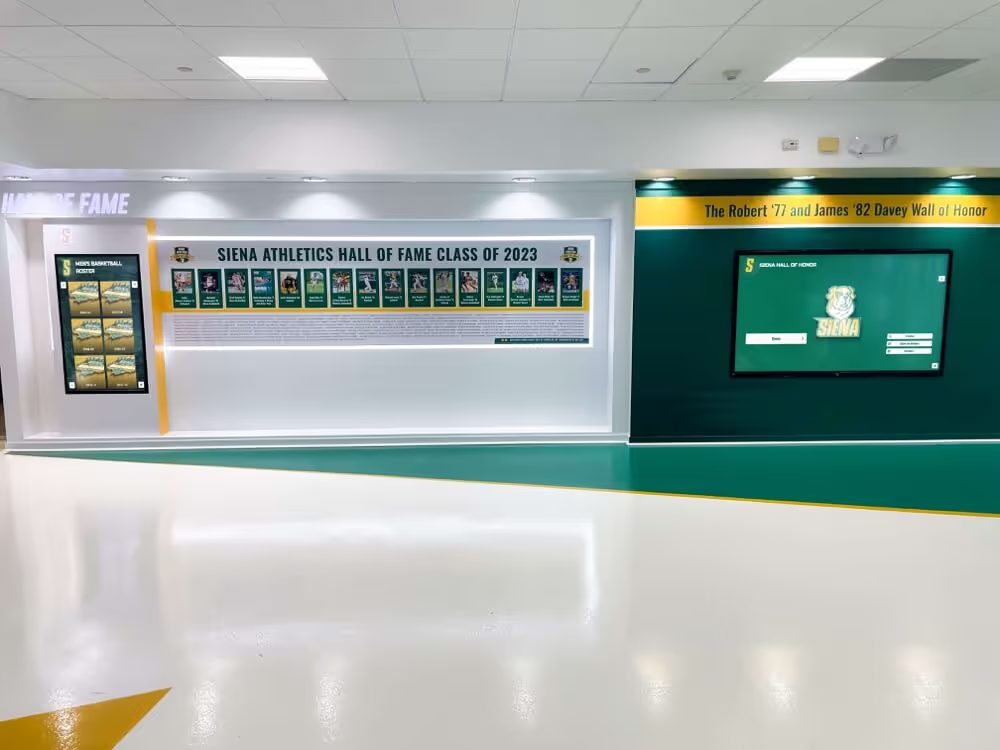
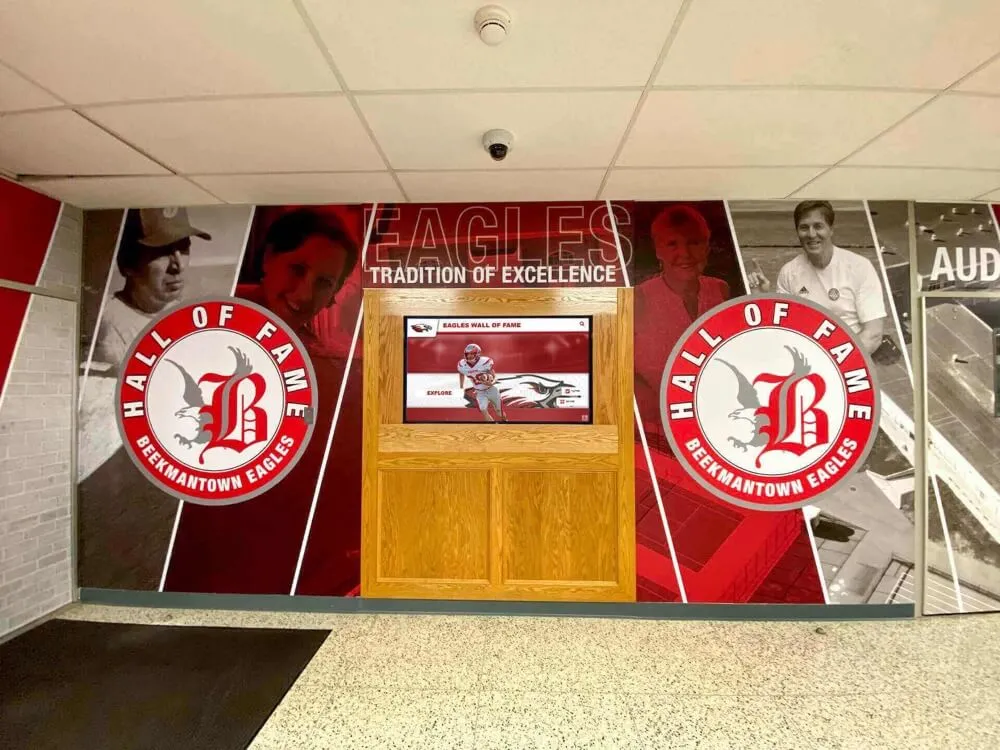
Hardware Considerations for Multi-User Setups
Effective multi-user software requires capable hardware:
- Touchscreen Technology: Projected Capacitive (PCAP) or Infrared (IR) screens that support 10+ simultaneous touch points are essential.
- Processing Power: A robust CPU and GPU are needed to render graphics and manage interactions smoothly for multiple users.
- Screen Size: Larger screens (40-inch and above) provide more physical space for multiple users to interact comfortably. This is key for an impactful touchscreen hall of fame.
- Durability: Commercial-grade screens designed for public use are recommended.
When planning your Digital halls of fame, discuss hardware options with providers like Rocket Alumni Solutions to ensure compatibility and optimal performance for their multi-user software.
Choosing the Right Multi-User Software: Why Rocket Alumni Solutions?
While general multi-user platforms exist, specialized recognition software like Rocket Alumni Solutions offers distinct advantages for Digital Walls of Fame, Athletic Hall of Fame Software, and Interactive Alumni Displays:
Tailored for Recognition:
Features are specifically designed for showcasing profiles, achievements, historical data, and media galleries common in recognition projects.
Optimized Multi-User Interface:
The user interface is designed for multiple people to navigate rich content like that on Digital Record Boards simultaneously and intuitively.
Cloud-Based Management:
Easy updates and management of even complex, multi-user cloud-based trophy displays from anywhere.

The Future: AI and Object Recognition in Multi-User Displays
The evolution of multi-user touchscreen software is heading towards even more immersive experiences:
- AI-Powered Personalization: Future systems might adapt content in different screen zones based on the detected interactions of multiple users.
- Object Recognition Integration: Imagine placing a championship ring or a physical award on the screen, and related content appears for multiple users to explore. This adds a tangible element to web-accessible recognition displays.
- Enhanced Analytics: Deeper insights into how groups interact with content, helping refine alumni engagement solutions.
Providers focused on recognition, like those seen at HallofFameWall.com, are at the forefront of these innovations.
Ready to Create a Truly Collaborative Recognition Experience?
Move beyond single-user limitations and embrace the engaging power of multi-user touchscreen software. Transform your Digital halls of fame, Athletic Hall of Fame, or Interactive Alumni Display into a dynamic, shared experience with Rocket Alumni Solutions.
Discover how our specialized multi-user features can elevate your recognition project. See examples and get inspired at TouchHallofFame.us.
